

Gethsemane
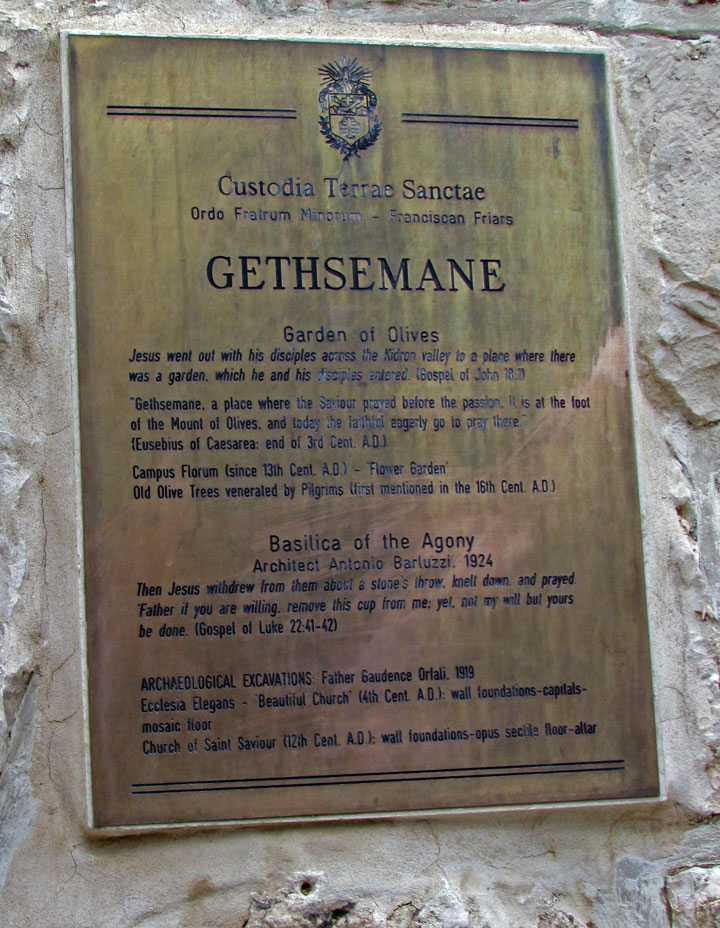
Gethsemane is a garden at the foot of the Mount of Olives in Jerusalem most famous as the place where Jesus and his disciples prayed the night before Jesus' crucifixion.

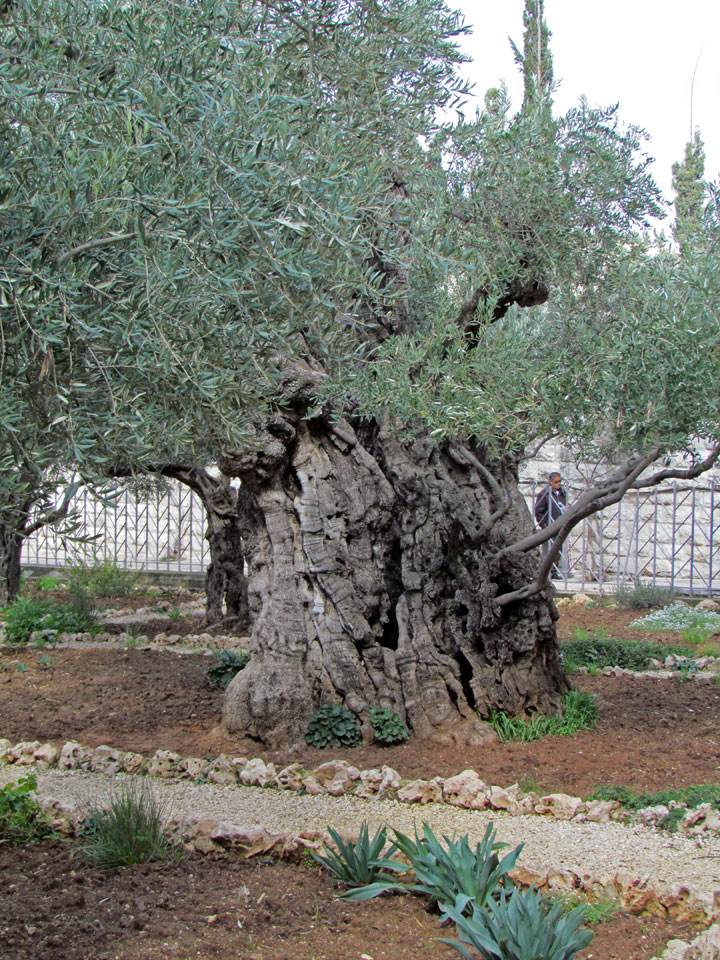
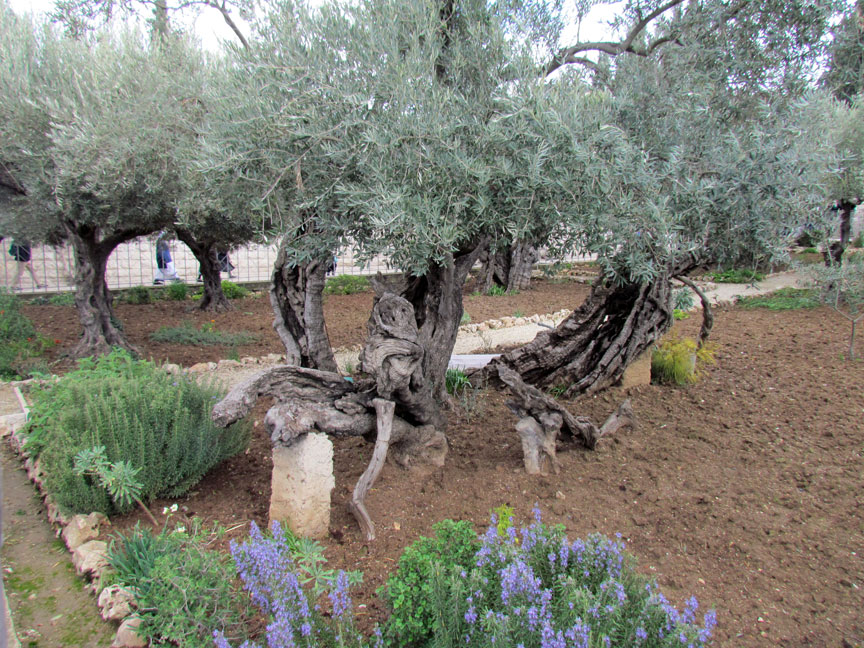
Gethsemane appears in the Greek of the Gospel of Matthew and the Gospel of Mark
as Γεθσημανἱ (Gethsēmani). The name is derived from the Assyrian ܓܕܣܡܢ (Gaṯ-Šmānê),
meaning "oil press". Matthew (26:36) and Mark (14:32) call it χωρἰον (18:1), a
place or estate. The Gospel of John says Jesus entered a garden (κῆπος) with his
disciples.
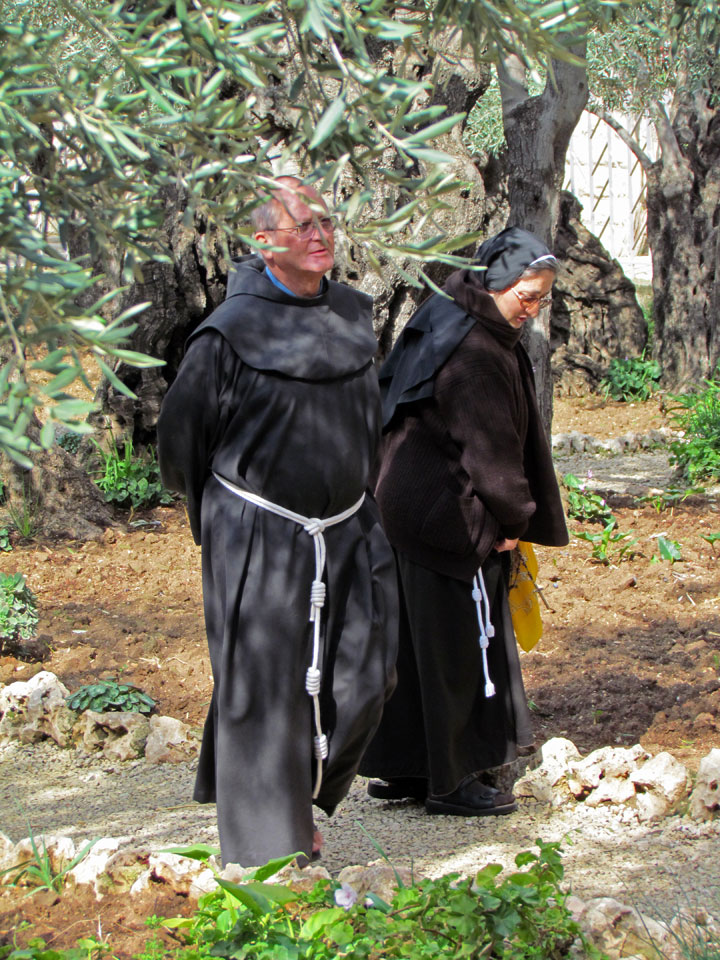
According to the New Testament it was a place that Jesus and his disciples customarily visited, which allowed Judas to find him on the night of his arrest. Overlooking the garden is the Church of All Nations, also known as the Church of the Agony, built on the site of a church destroyed by the Sassanids in 614, and a Crusader church destroyed in 1219.
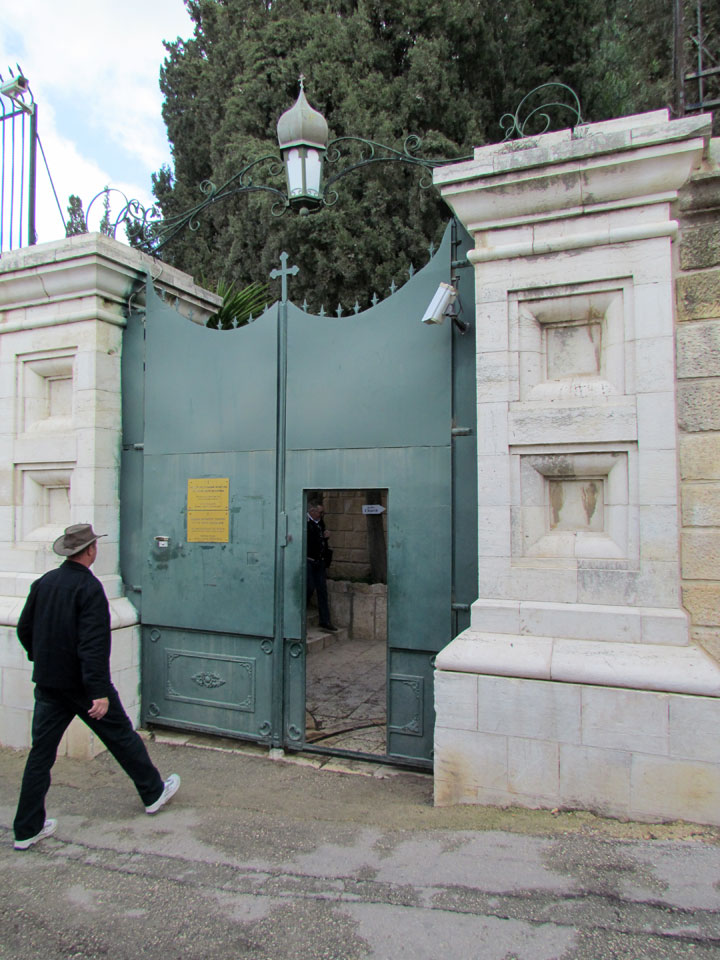
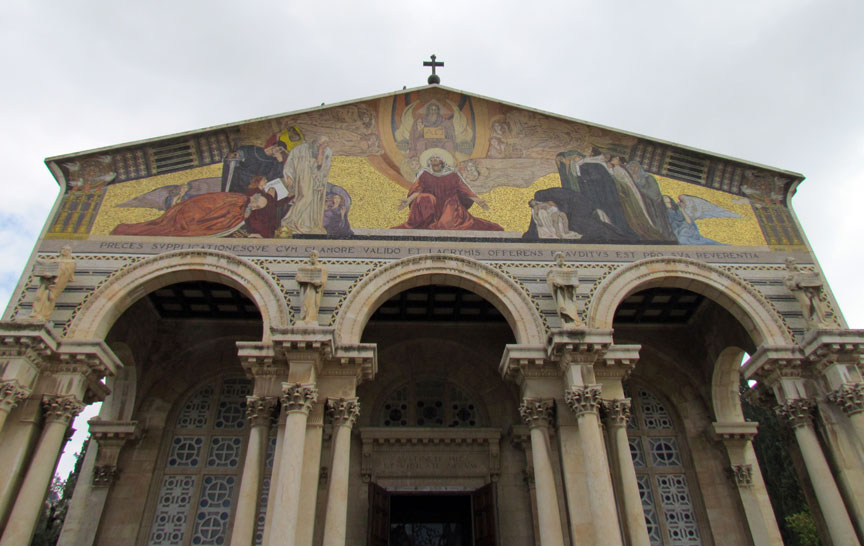
Basilica of the Agony
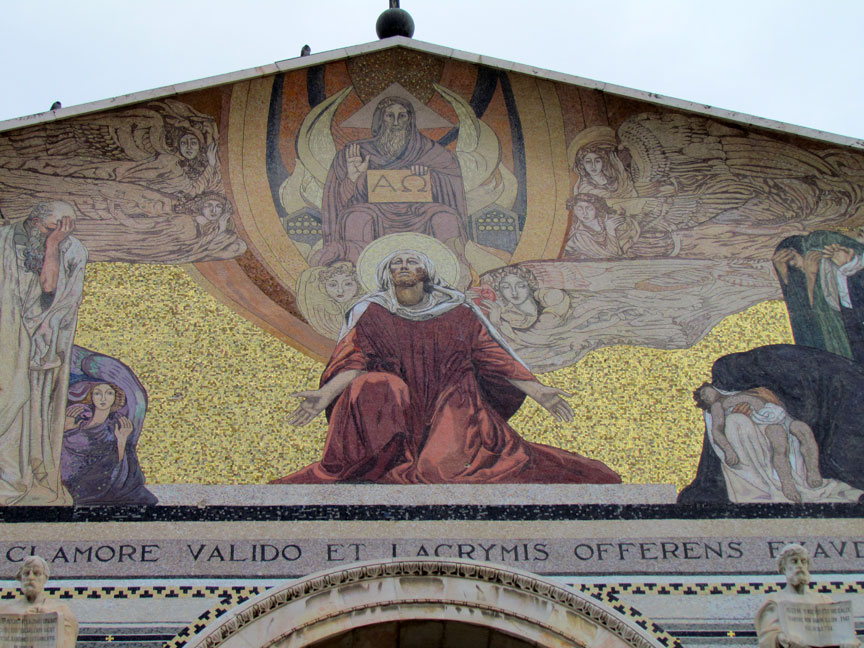
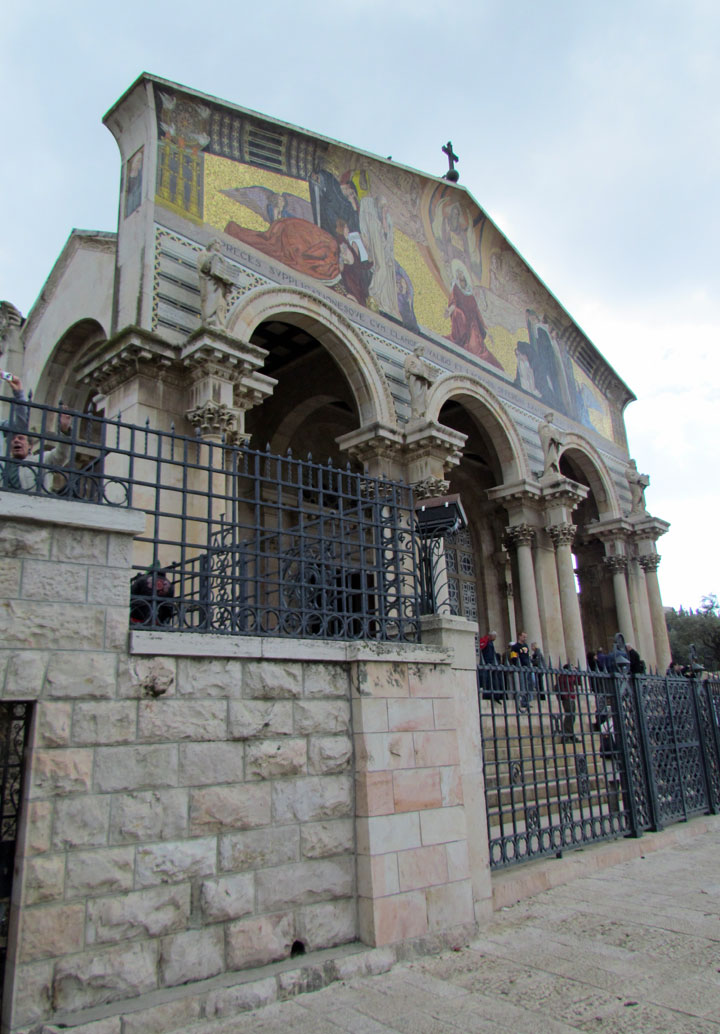
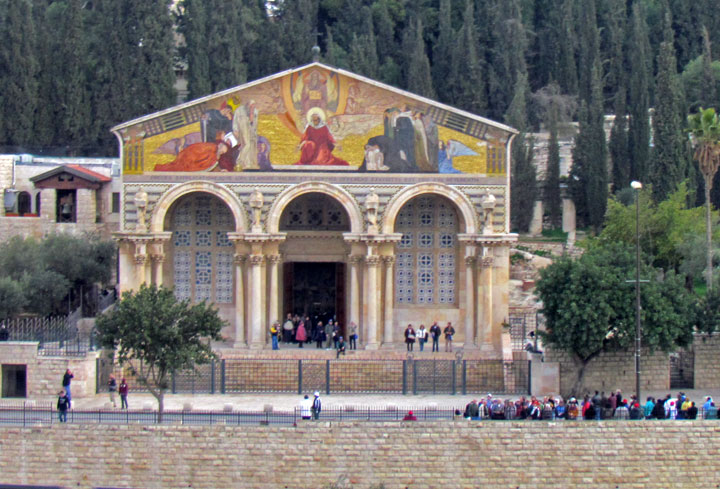
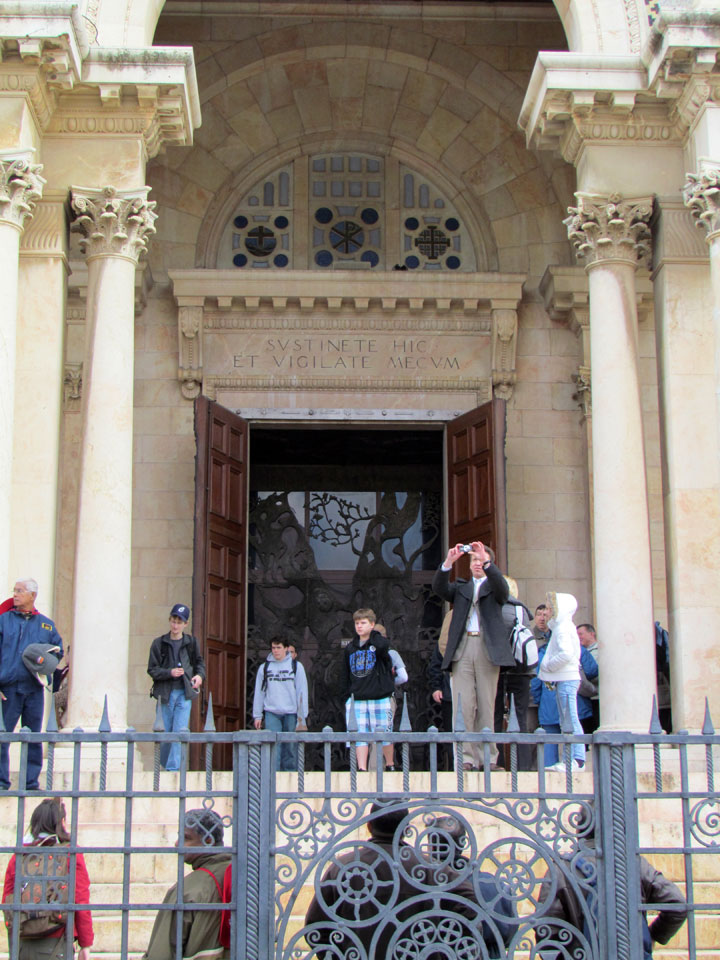
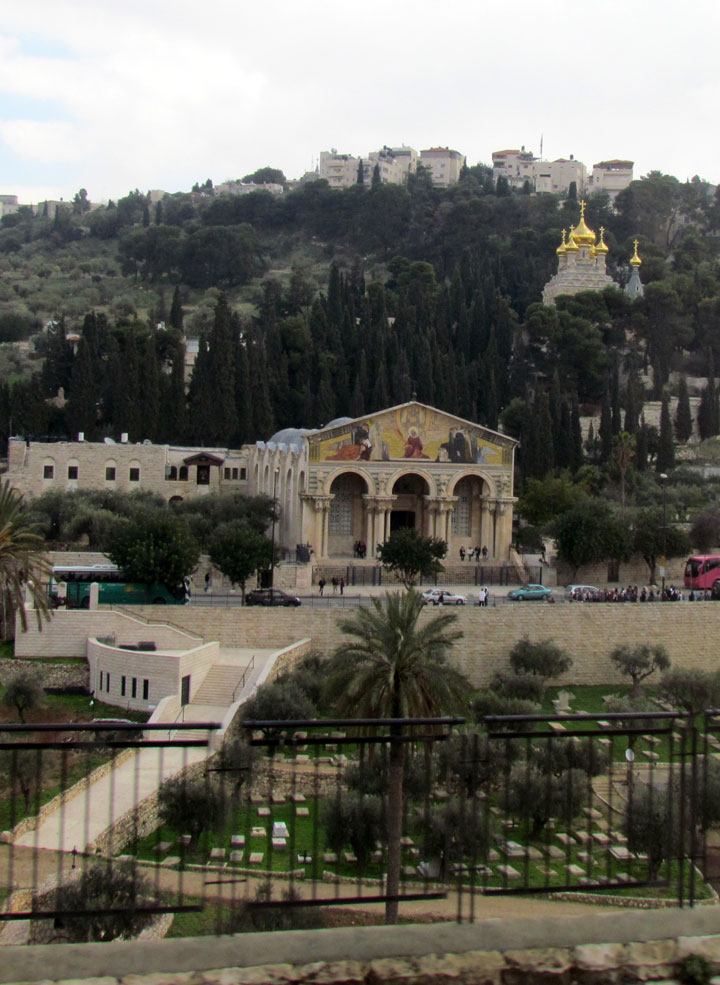

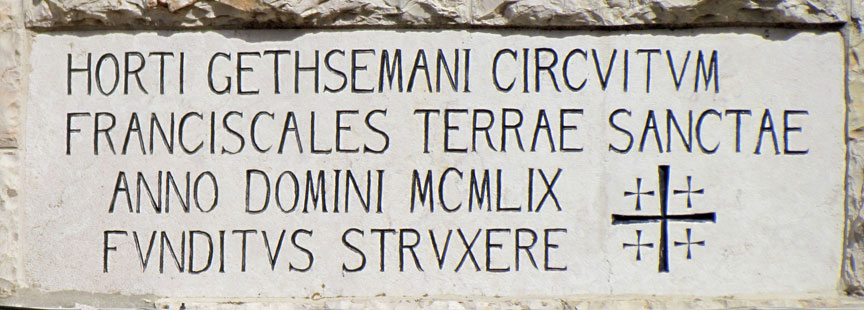

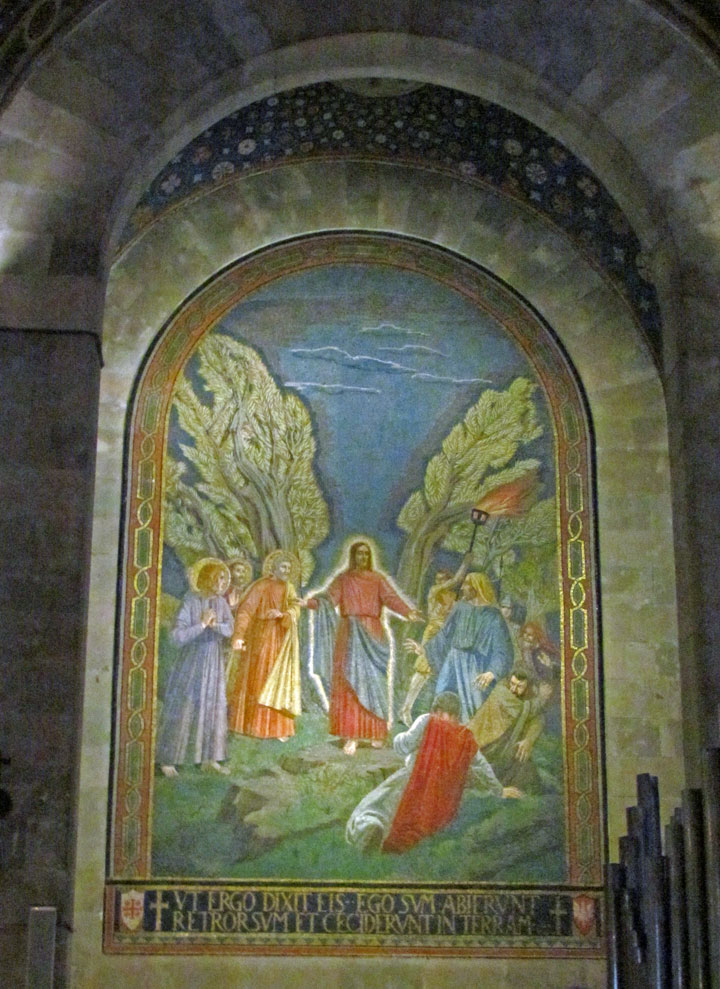
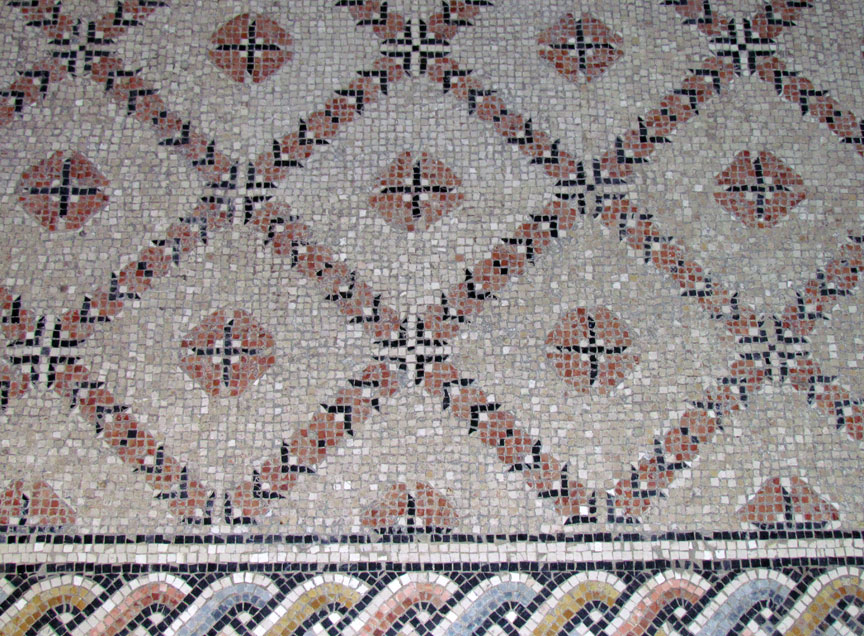

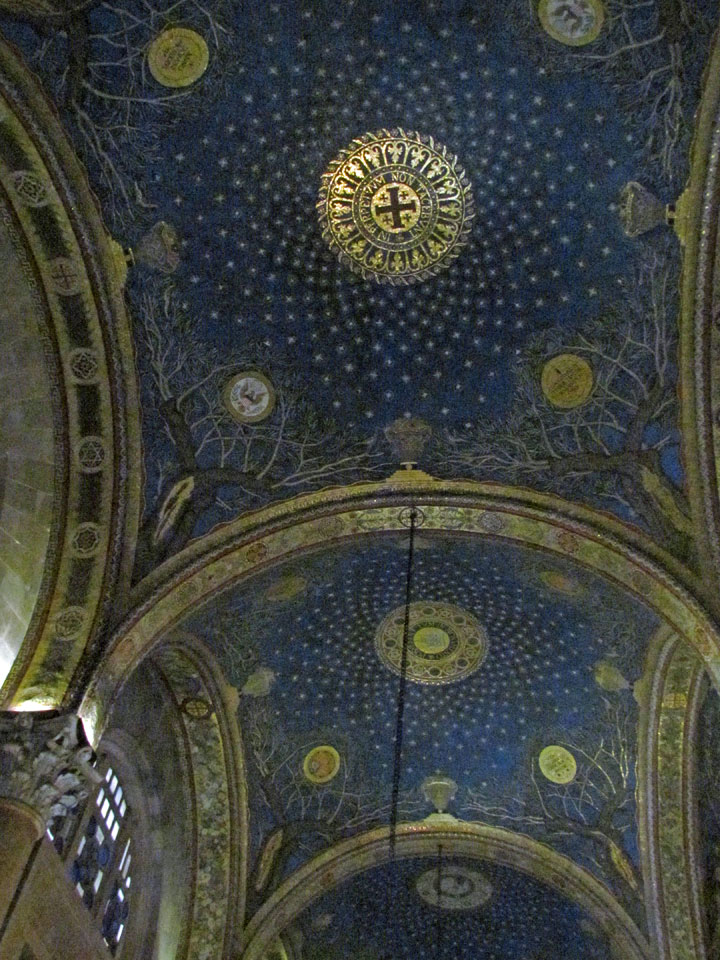
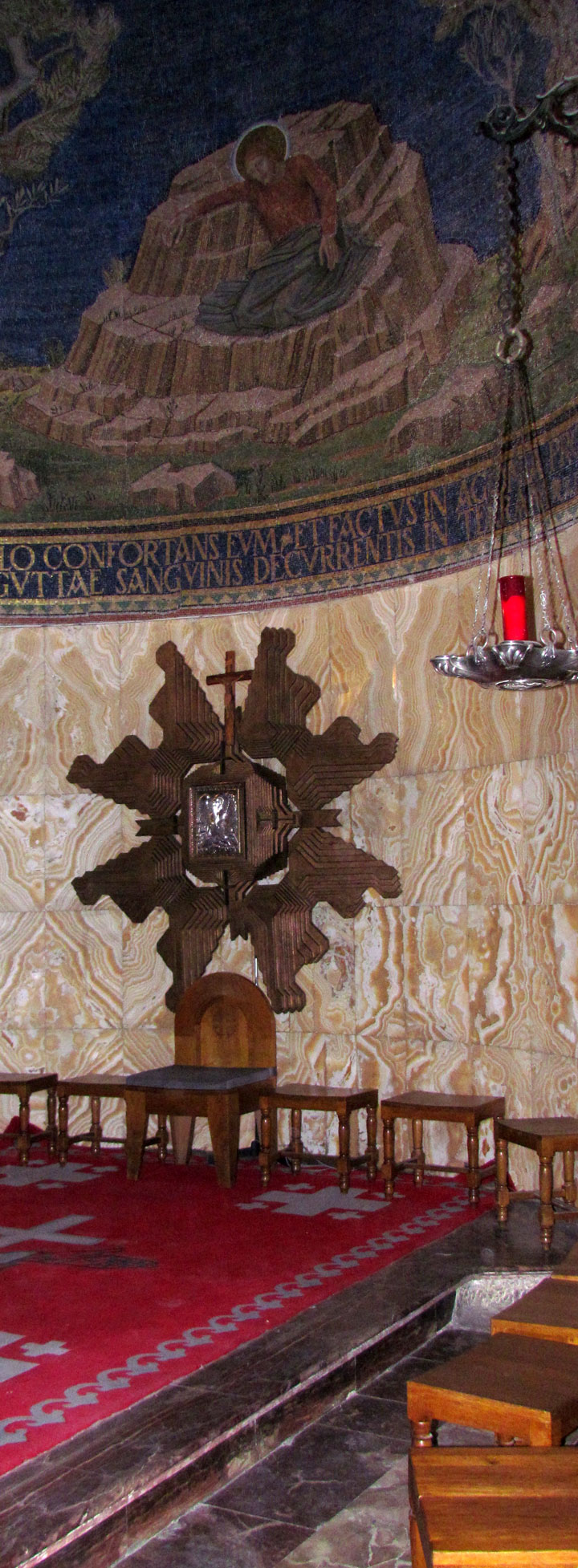

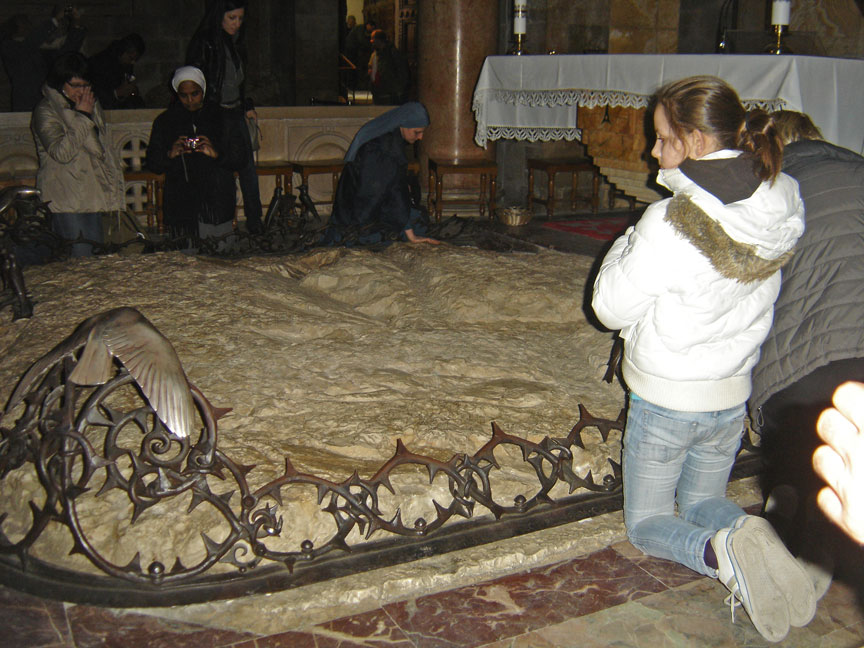
where Jesus prayed
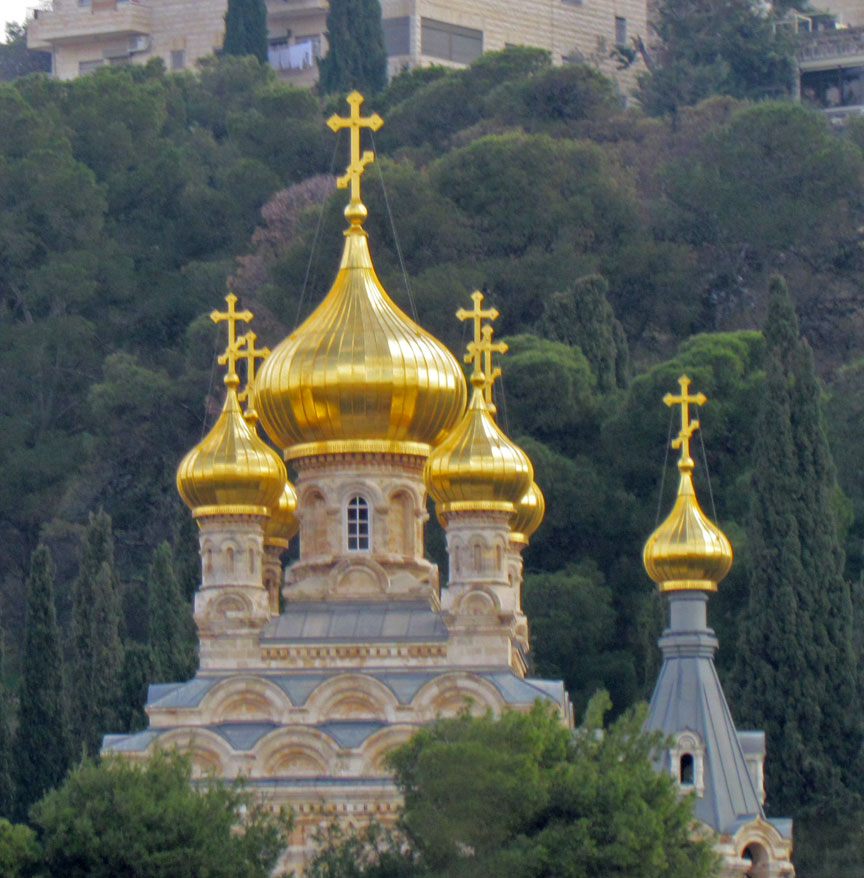
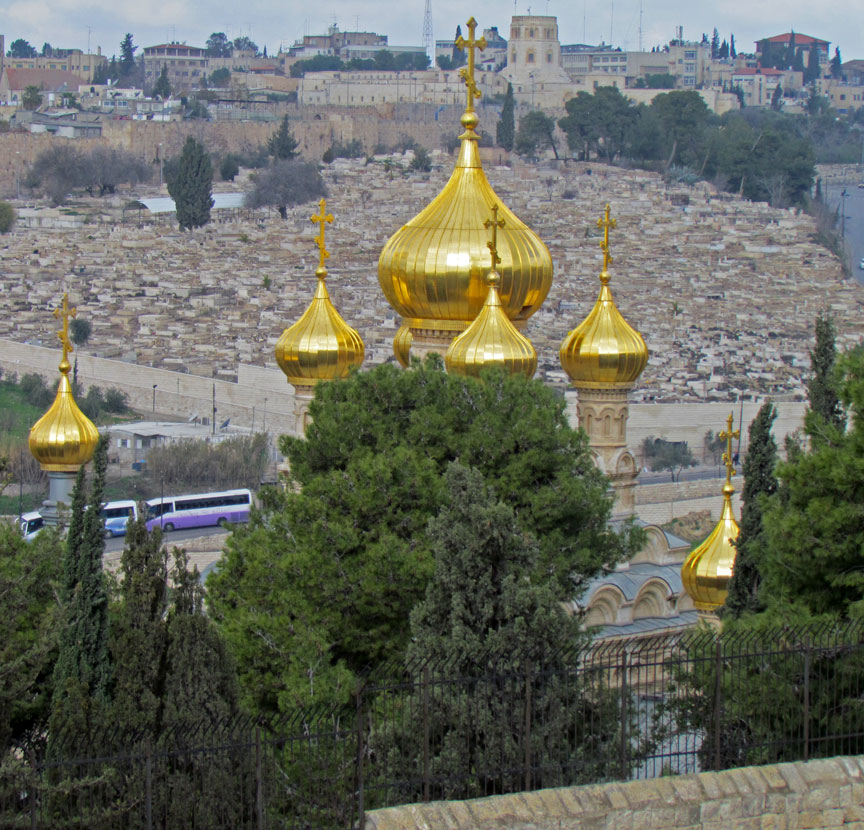
Nearby is the Russian Orthodox Church of
St. Mary Magdalene with its golden, onion-shaped domes (Byzantine/Russian
style), built by Russian Tsar Alexander III in memory of his mother.
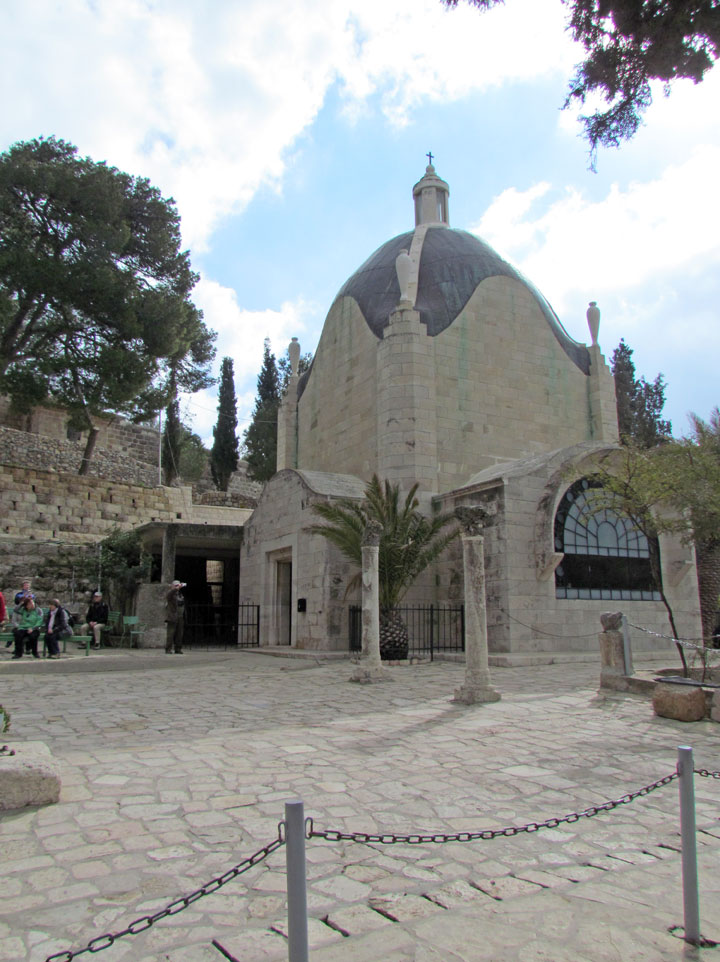
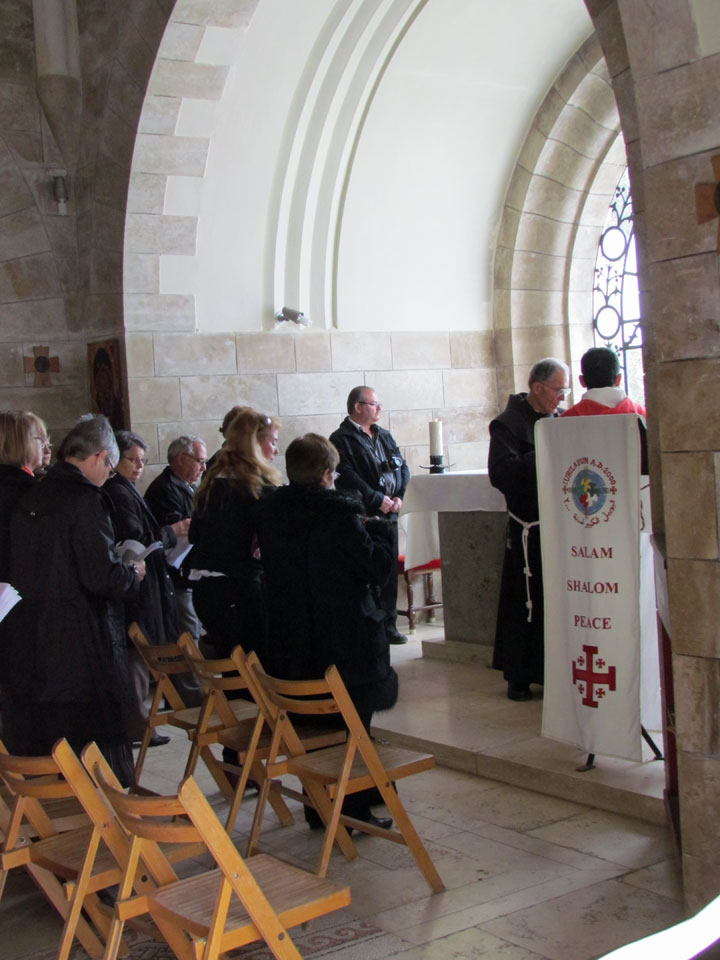
According to Luke 22:43–44, Jesus' anguish in Gethsemane was so deep that "his
sweat was as it were great drops of blood falling down to the ground." According
to the Eastern Orthodox Church tradition, Gethsemane is the garden where the
Virgin Mary was buried and was assumed into heaven after her dormition on Mount
Zion. The Garden of Gethsemane became a focal site for early Christian pilgrims.
It was visited in 333 by the anonymous "Pilgrim of Bordeaux", whose Itinerarium
Burdigalense is the earliest description left by a Christian traveler in the
Holy Land. In his Onomasticon, Eusebius of Caesarea notes the site of Gethsemane
located "at the foot of the Mount of Olives", and he adds that "the faithful
were accustomed to go there to pray". Ancient olive trees growing in the garden
are said to be 900 years old.
Text from Wikipedia
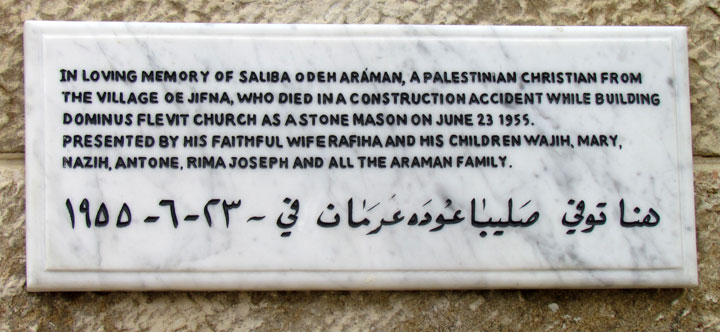
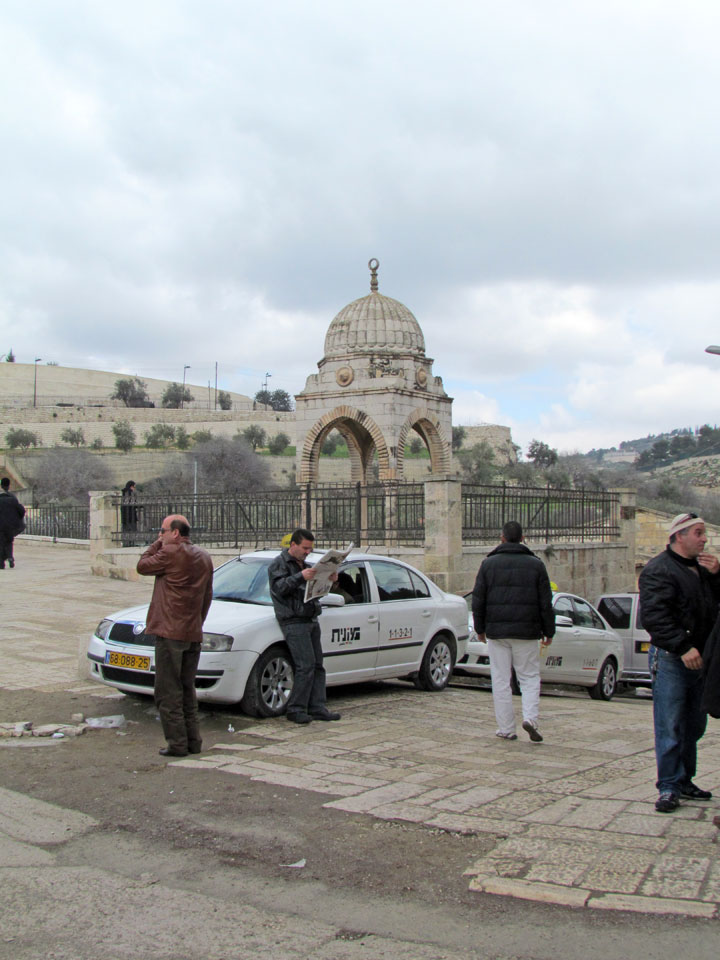
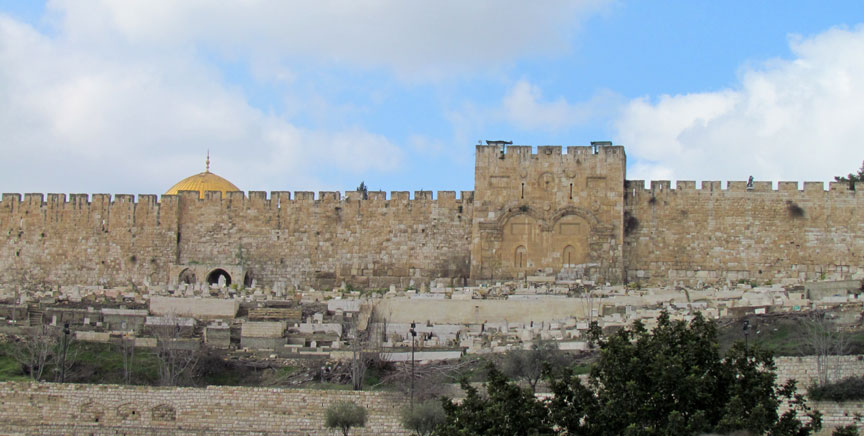
East wall of the Temple Mount